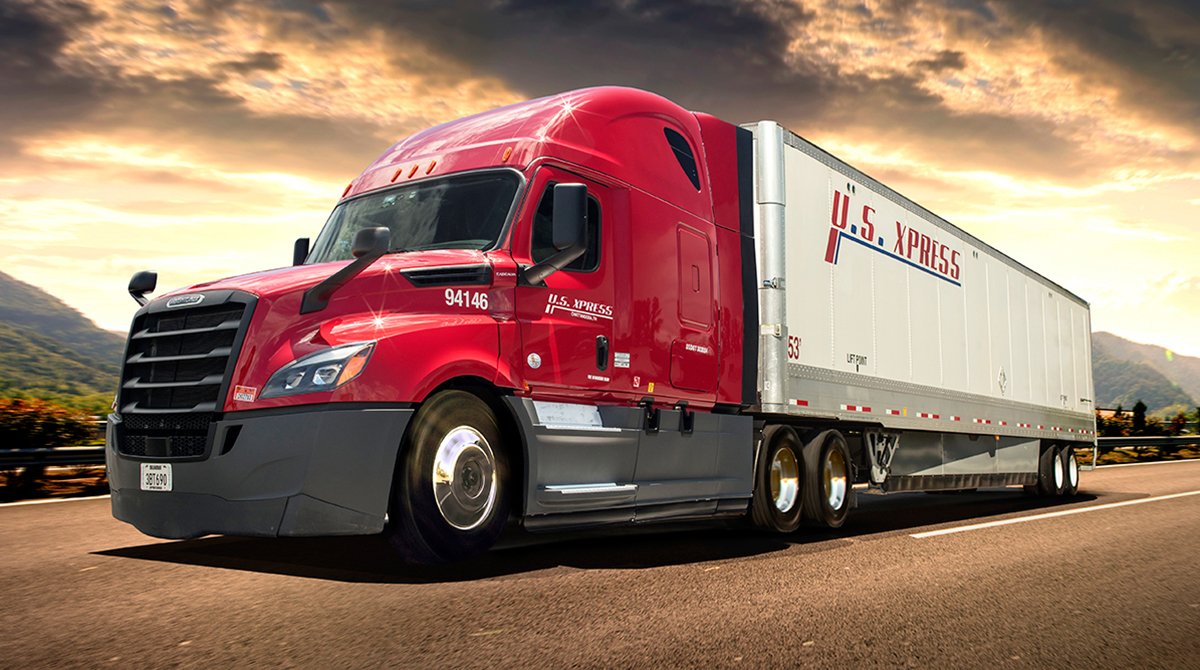U.S. Xpress CEO Details Economic Forecast for 2021
U.S. Xpress Enterprises CEO Eric Fuller on Jan. 20 detailed the findings of an economic report his company did on the trucking industry.
The 2021 U.S. Xpress Economic Forecast highlighted several major trends for the year ahead. The report said there are expectations for a further reduction of truckload capacity, strong freight activity, rate increases and the impact of the coronavirus eventually being resolved.
“We’ll be coming out of this pandemic,” Fuller told Transport Topics. “Hopefully, at some point in 2021, there will be some semblance of normalcy. What that may look like is kind of still up for debate. What we saw in 2020 was a real shift in demand patterns, and it was really obviously related to social distancing.”
Eric Fuller
Fuller
The report projects that fewer drivers and more stimulus funding will continue to reduce truckload capacity. A reduction in CDL training and other factors have resulted in far fewer drivers as the industry entered the new year. At the same time, stimulus spending also could dissuade new drivers from entering the industry while keeping many current drivers at home.
The report noted that the recent uptick in Class 8 orders suggests additional truckload capacity will be realized soon. It cited ACT Research, which found November orders increased 33% from the prior month. But the report warned that driver shortages will persist for the foreseeable future.
“We’ve also had the schools that were shut down for a period of time,” Fuller said. “Many schools didn’t reopen, and the ones that did reopen are operating at kind of a half capacity. So less drivers overall in the market from that perspective.
“The things that are on our radar from a supply perspective in 2021, related specifically to these spending bills, is the stimulus is likely to keep people from entering the industry.”
The report noted that freight activity will remain robust, but economic growth is expected to cool. It noted the pandemic and a slower-than-anticipated vaccination rollout will temper growth for the first half of the year. But inventory replenishment efforts, holiday shopping returns and e-commerce will help support freight demand.
Too, the report said that as coronavirus cases are anticipated to slow down, a more steady recovery will take place in the second half of the year.
“I think the big question going into 2021 from a demand perspective is how does that demand change,” Fuller said. “We believe that we’re probably likely to see the effects of the pandemic well into early to mid fall. But hopefully at some point into that time period, we start to have a little bit of a turn to some sort of normalcy.”
He added that the pandemic has created a big shift in buying patterns. People haven’t been able to dine out, enjoy entertainment or travel as much as before. That drove outsize demand for products such as groceries. Fuller anticipates at some point there will be a pendulum swing in demand back toward services and experiences.
